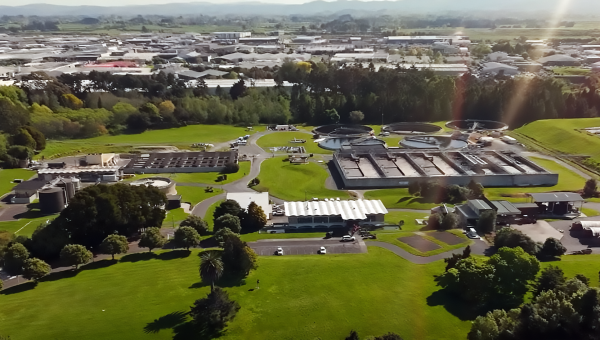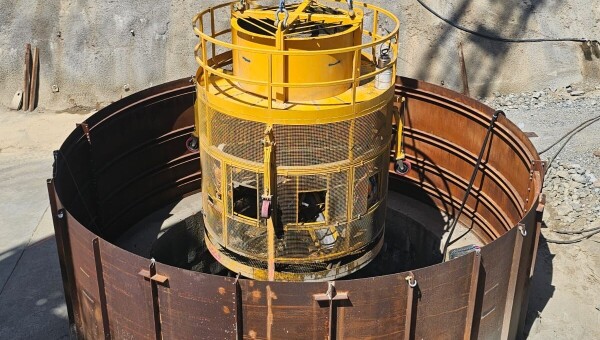The Shotover Wastewater Treatment Plant Upgrade team in Queenstown, New Zealand, took a close look at where they were going to source concrete, the mixes and how any surplus concrete could be used onsite to reduce the project’s carbon footprint.
In collaboration with local concrete supplier Allied and designers Beca, the team developed a custom low-carbon concrete mix using two different Supplementary Cementitious Materials (SCM).
Cement, a binding agent in concrete, is a significant contributor to global carbon emissions so the team used flyash and micro silica to reduce the amount of cement in their mixes.
Flyash is a waste product created from burning of coal in coal fired power stations and using it in concrete to replace cement reduces CO2e emissions. In the right quantities it can also increase the strength and decrease the permeability of the concrete. The Shotover team worked with the designers Beca to increase the amount of SCMs in the concrete mixes they were planning to use, achieving a mix of 35% flyash.
In mid-March, after testing, approximately 1593 m3 of the 35% flyash mix was poured to form the foundations of the MLE tank. Approximately 244 m3 of a 30% flyash mix was also poured as the foundations for the clarifier.
The 137 m3 of concrete used in the pre-cast panels of the clarifier used 8% micro silica to replace cement. Micro silica is used to strengthen concrete and make it more durable.
Although it is used in small volumes it has a relatively large impact on the carbon footprint of concrete because it is so easy to source, prepare and transport.
Another carbon win for the project was that all the concrete panels for the clarifier were pre-cast onsite. This eliminated the need to transport them from Tauranga, saving 15,000L of diesel transport emissions.
As well as improving the carbon profile of the concrete used on site the team also looked at ways to reduce concrete waste. There surplus concrete, about 1% was cast into interlocking blocks that are used onsite as temporary retaining walls and safety barriers.
![]()




